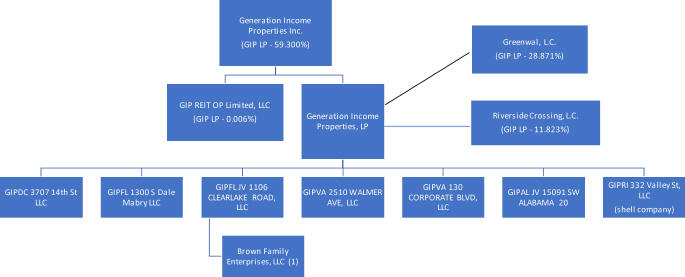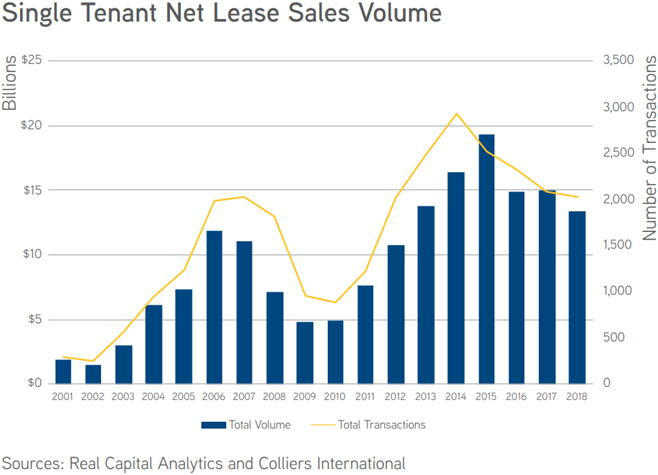There can be no assurance that we will be able to keep costs from being more than these estimated amounts or that we will be able to raise such funds. Even if we sell all shares offered through this registration statement, we expect that we will seek additional financing in the future. If we are unsuccessful at raising sufficient funds, for whatever reason, to fund our operations, we may be forced to seek a buyer for our business or another entity with which we could create a joint venture. If all of these alternatives fail, we expect that we will be required to seek protection from creditors under applicable bankruptcy laws.
We expect to meet our short-term liquidity requirements generally through net cash provided by operations, existing cash balances and, if necessary, short-term borrowings under a new credit facility. We believe that our net cash provided by operations will be adequate to fund certain operating requirements and pay interest on any borrowings. In the near-term, we intend to fund future investments in properties with the net proceeds of this offering.
We expect to meet our long-term liquidity requirements, including with respect to other investments in properties, property acquisitions and scheduled debt maturities, through the cash we will have available upon completion of this offering and borrowings under a new credit facility and periodic issuances of equity securities and long-term secured and unsecured debt. The success of our acquisition strategy may depend, in part, on our ability to obtain and borrow under a new credit facility and to access additional capital through issuances of equity and debt securities. However, if we are unable to raise more funds than what we currently have, we will make fewer investments resulting in less diversification in terms of the type, number, and size of investments we make and the value of an investment in us will fluctuate with the performance of the specific assets we acquire. Further, we will have certain fixed operating expenses regardless of whether we are able to raise substantial funds in this offering. Our inability to raise substantial funds would increase our fixed operating expenses as a percentage of gross income, reducing our net income and limiting our ability to make distributions.
Off-Balance Sheet Arrangements
We do not have any materialoff-balance sheet arrangements that have or are reasonably likely to have a current or future effect on our financial condition, changes in financial condition, revenues or expenses, results of operations, liquidity, capital expenditures or capital resources.
Non-GAAP Financial Measures
Our reported results are presented in accordance with GAAP. We also disclose funds from operations (FFO) and adjusted funds from operations (AFFO) both of which are non-GAAP financial measures. We believe these two non-GAAP financial measures are useful to investors because they are widely accepted industry measures used by analysts and investors to compare the operating performance of REITs.
FFO and AFFO do not represent cash generated from operating activities and are not necessarily indicative of cash available to fund cash requirements; accordingly, they should not be considered alternatives to net income as a performance measure or cash flows from operations as reported on our statement of cash flows as a liquidity measure and should be considered in addition to, and not in lieu of, GAAP financial measures.
We compute FFO in accordance with the definition adopted by the Board of Governors of the National Association of Real Estate Investment Trusts, or NAREIT. NAREIT defines FFO as GAAP net income or loss adjusted to exclude extraordinary items (as defined by GAAP), net gain or loss from sales of depreciable real estate assets, impairment write-downs associated with depreciable real estate assets and real estate related depreciation and amortization, including the pro rata share of such adjustments of unconsolidated subsidiaries. To derive AFFO, we modify the NAREIT computation of FFO to include other adjustments to GAAP net income related to non-cash revenues and expenses such as amortization of deferred financing costs, amortization of capitalized lease incentives, above- and below-market lease related intangibles, non-cash stock compensation, and non-cash compensation. Such items may cause short-term fluctuations in net income but have no impact on operating cash flows or long-term operating performance. We use AFFO as one measure of our performance when we formulate corporate goals.
FFO is used by management, investors and analysts to facilitate meaningful comparisons of operating performance between periods and among our peers primarily because it excludes the effect of real estate depreciation and amortization and net gains on sales, which are based on historical costs and implicitly assume that the value of real estate diminishes predictably over time, rather than fluctuating based on existing market conditions. We believe that AFFO is an additional useful supplemental measure for investors to consider because it will help them to better assess our operating performance without the distortions created by other non-cash revenues or expenses. FFO and AFFO may not be comparable to similarly titled measures employed by other companies.
We also use Core FFO and Core AFFO to adjust for non-capitalized costs incurred by the Company in relation to initial public company status, non-recurring litigation costs/settlements and costs incurred with up-listing to Nasdaq. These costs will typically include non-cash stock compensation, consulting fees to investment banks and consultants for advice for public company status. Core FFO and Core AFFO may not be comparable to similarly titled measures employed by other companies.
The following table reconciles net income (which we believe is the most comparable GAAP measure) to FFO and AFFO:
| | | | | | | | | | | | |
| | | Nine Months Ended September 30, | | | Twelve Months
Ended December 31, | |
| | | 2019 | | | 2018 | | | 2018 | |
Net Income | | $ | (846,221 | ) | | $ | (149,378 | ) | | $ | (455,820 | ) |
Depreciation | | | 234,158 | | | | 84,588 | | | | 124,562 | |
| | | | | | | | | | | | |
Funds From Operations | | | (612,063 | ) | | | (64,790 | ) | | | (331,258 | ) |
| | | | | | | | | | | | |
Non-cash stock compensation | | | 312,997 | | | | — | | | | — | |
Public company consulting fees | | | 50,000 | | | | — | | | | — | |
Non-recurring litigation expenses and settlements | | | 85,000 | | | | — | | | | — | |
| | | | | | | | | | | | |
Core Funds From Operations | | | (164,066 | ) | | | (64,790 | ) | | | (331,258 | ) |
| | | | | | | | | | | | |
Adjusted Funds From Operations | | | | | | | | | | | | |
Amortization of deferred financing costs | | | 49,131 | | | | 11,755 | | | | 18,066 | |
Above- and below-market lease related intangibles | | | (12,088 | ) | | | (10,594 | ) | | | (14,125 | ) |
Amortization of in place lease costs | | | 72,207 | | | | 18,731 | | | | 29,007 | |
| | | | | | | | | | | | |
Adjustments From Operations | | | 109,250 | | | | 19,892 | | | | 32,948 | |
| | | | | | | | | | | | |
Adjusted Funds From Operations | | | (502,813 | ) | | | (44,898 | ) | | | (298,310 | ) |
| | | | | | | | | | | | |
Core Adjusted Funds From Operations | | | (54,816 | ) | | | (44,898 | ) | | | (298,310 | ) |
| | | | | | | | | | | | |
Critical Accounting Policies
Our financial statements are affected by the accounting policies used and the estimates and assumptions made by management during their preparation. See Note 2 to our audited consolidated financial statements for the year ended December 31, 2018 for a summary of our significant accounting policies.
Recently Adopted Accounting Standards
In February 2016, the FASB issued ASU2016-02,Leases(“ASU2016-02”), which amends the existing accounting standards for lease accounting, including requiring lessees to recognize most leases on their balance sheets and making targeted changes to lessor accounting. ASU2016-02 will be effective for the Company beginning January 1, 2019. The new standard was adopted using a modified retrospective method. Based on the election of the package of practical expedients, the Company has determined that its leases where it is the lessor will continue to be accounted for as operating leases under the new standard. Further, the Company has elected the practical expedient to not separatenon-lease components from lease components. Therefore, as of January 1, 2019, for the Company’s leases where it is the lessor, the Company does not anticipate changes in the accounting for its lease revenues and expenses. The Company’s office lease where it is the lessee is scoped out from ASU2016-02 as it is a month-month lease.
In June 2018, the FASB issued ASU2018-07, “Compensation—Stock Compensation (Topic 718): Improvement to Nonemployee Share-Based Payment Accounting,” which intended to reduce cost and complexity and to improve financial reporting for share-based payments issued to nonemployees (for example, service providers, external legal counsel, suppliers, etc.). ASU2018-07 is effective for fiscal years, and interim periods within those fiscal years, beginning after December 15, 2018. The amendments in this update are required to be applied prospectively to stock awards issued to nonemployees on or after the adoption date. This standard became effective for the Company on January 1, 2019. This standard did not have a material impact on the Company’s previously issued consolidated financial statements.
59



